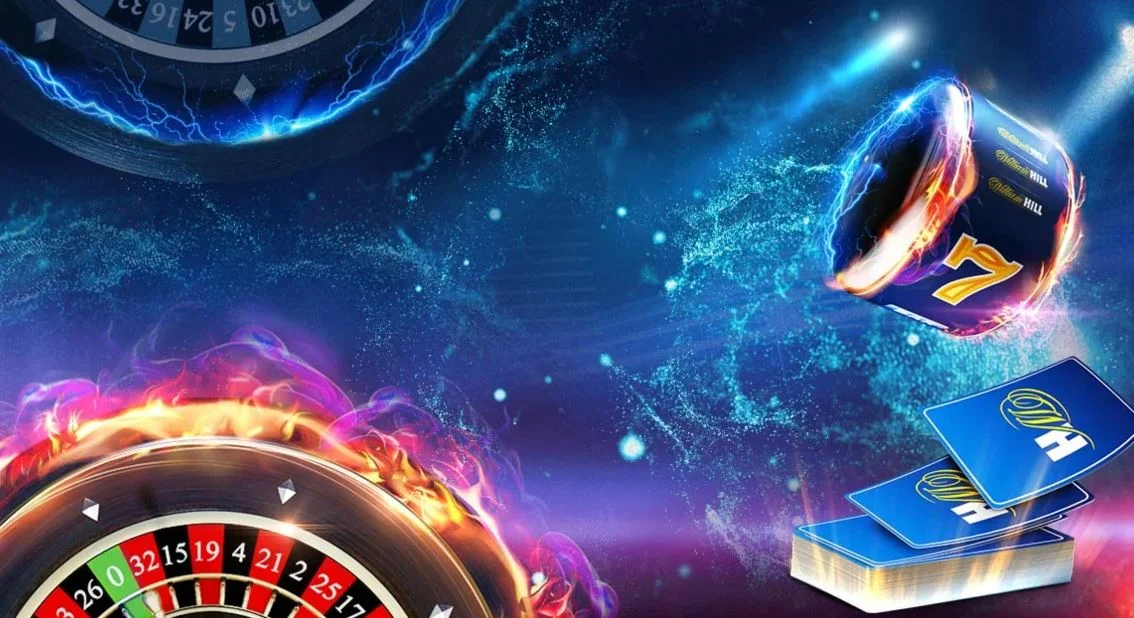Live Game Shows: Turn Noise into Structure with Pace & Proof
Live casino game shows blend TV energy with simple mechanics: wheels, multipliers, bonus boards and rapid chat. They’re fun—and volatile. The difference between a hype-driven scroll and a focused session is structure: pick your window, fix your unit, and let rules beat impulses. This guide shows how to enjoy the format, minimize tilt, and convert tiny, measured choices into a consistent experience you actually control.
How the format really works
Most shows rotate base rounds with boosted segments. Multipliers stack excitement but increase variance; fast rounds compress decisions. Treat each spin as one event with a known cost, not as a chase for “the next big one”.
- Base vs. bonus: base rounds land often, bonuses swing results.
- Pacing: 25–60 seconds per round invites impulsive upsizing—avoid it.
- Presenter energy: fun, but it doesn’t change math; your rules do.
- Side bets: more paths to variance; use them sparingly and deliberately.
Session design that saves you
- Block length: 12–18 minutes (one playlist or podcast segment).
- Fixed unit: set a stake you won’t change within the block.
- Run log: note start balance, peak, end; adjust next time from data, not mood.
- Cooldown: 2–3 minutes off-screen after each block; water, stretch, reset.
Bankroll structure (simple & durable)
- 60% Core: the main show you actually enjoy; flat unit only.
- 30% Explore: try a second title at half unit for variety and mission goals.
- 10% Vault: skim wins at new peaks; never re-deploy within the same session.
Signals to stop (before tilt starts)
- Time: two blocks done → break or cash out.
- Drawdown: −15% from session peak → end the block, switch to cooldown.
- Impulses: urge to double “just for the bonus” → step away for two rounds.
